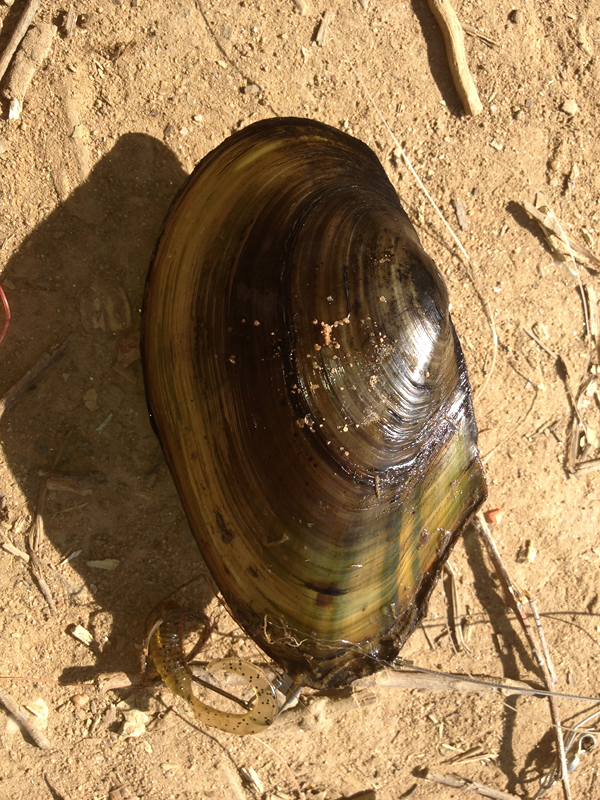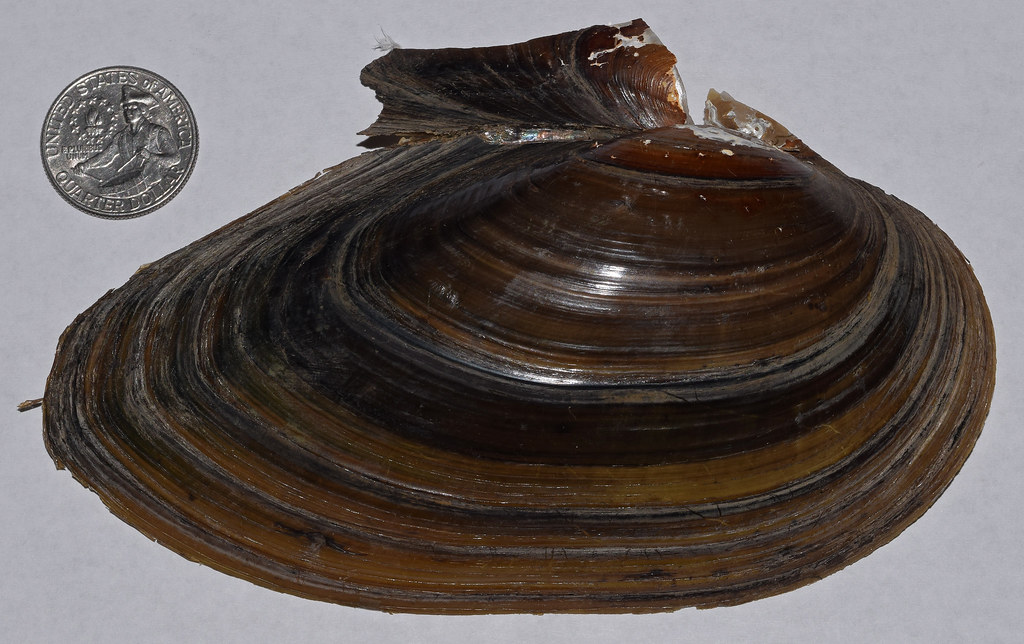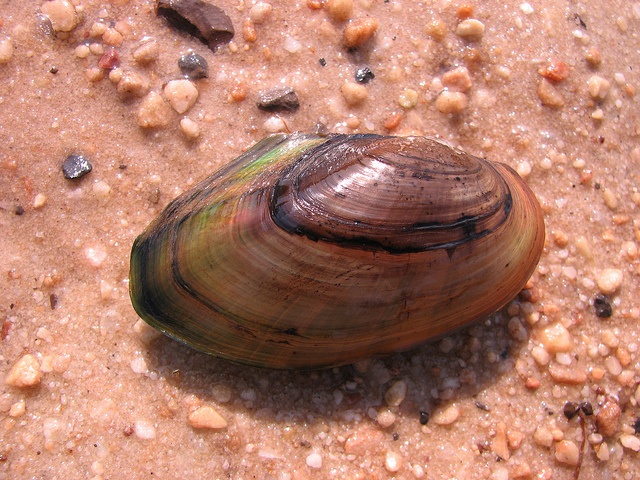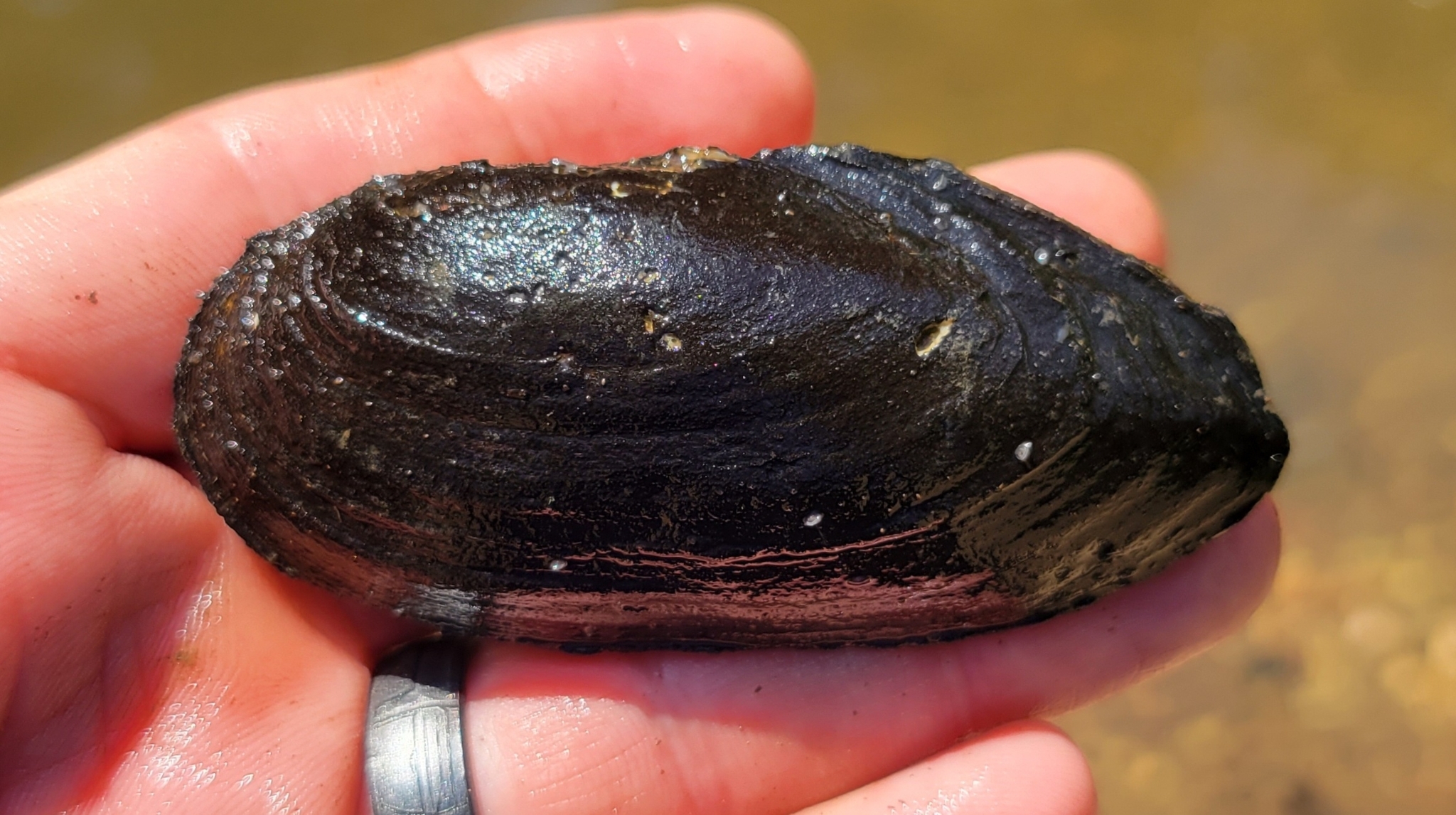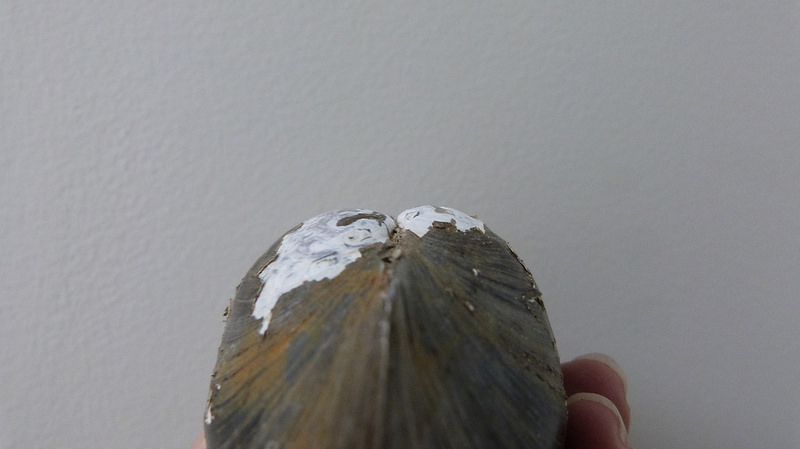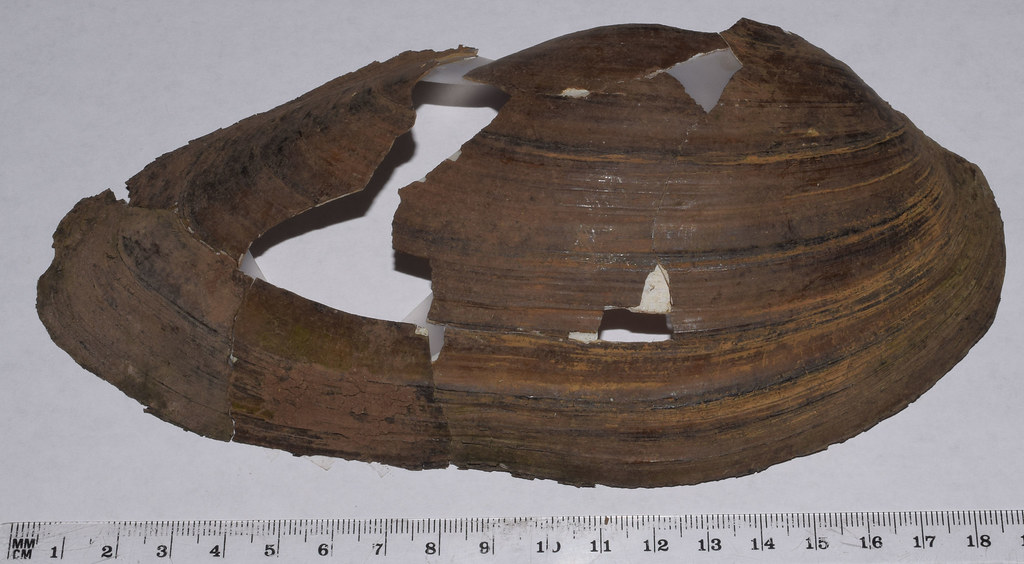Map Snapshot













19 Records
Description
Compare Eastern Elliptio.
Seasonality Snapshot
Use of media featured on Maryland Biodiversity Project is only permitted with express permission of the photographer.
An Eastern Floater in Queen Anne's Co., Maryland (8/11/2017). Collected and identified by Matt Ashton, MD DNR.
View Record Details
Media by
Robert Aguilar, SERC.
An Eastern Floater found in Prince George's Co., Maryland (5/31/2013). Verified by Matt Ashton.
View Record Details
Media by
Jorge A. Bogantes Montero.
An Eastern Floater in Prince George's Co., Maryland (4/10/2020). Verified by Matt Ashton/MD DNR.
View Record Details
Media by
Robert Aguilar, SERC.
An Eastern Floater in Howard Co., Maryland (12/2015). Determined by Jim McCann/DNR.
View Record Details
Media by
Sue Muller.
Eastern Floater In Allegany Co., Maryland (10/10/2010).
Media by
Pete Woods, courtesy of the Western Pennsylvania Conservancy.
Eastern Floater in Queen Anne's Co., Maryland (6/13/2022). (c) sercfisheries, some rights reserved (CC BY-NC).
View Record Details
Media by
Robert Aguilar, SERC.
An Eastern Floater in Howard Co., Maryland (12/2015). Determined by Jim McCann/DNR.
View Record Details
Media by
Sue Muller.
Eastern Floater in Queen Anne's Co., Maryland (6/13/2022). (c) sercfisheries, some rights reserved (CC BY-NC).
View Record Details
Media by
Robert Aguilar, SERC.
An Eastern Floater in Howard Co., Maryland (12/2015). Note there are no teeth. Determined by Jim McCann/DNR.
View Record Details
Media by
Sue Muller.
Remnants of an Eastern Floater shell in Caroline Co., Maryland (3/30/2019). Identified by Matt Ashton (MD DNR).
View Record Details
Media by
Robert Aguilar, SERC.
Source: Wikipedia
| Pyganodon cataracta | |
|---|---|

| |
| The pearly interior of a valve of Pyganodon cataracta at the Museo Civico di Storia Naturale di Milano | |
| Scientific classification | |
| Domain: | Eukaryota |
| Kingdom: | Animalia |
| Phylum: | Mollusca |
| Class: | Bivalvia |
| Order: | Unionida |
| Family: | Unionidae |
| Genus: | Pyganodon |
| Species: | P. cataracta
|
| Binomial name | |
| Pyganodon cataracta (Say, 1817)
| |
| Synonyms[2] | |
|
List
| |
Pyganodon cataracta, formerly Anodonta cataracta, is a species of large freshwater mussel, an aquatic bivalve mollusc in the family Unionidae, the river mussels. Its common name is the eastern floater.
Subspecies
[edit]- Pyganodon cataracta subsp. cataracta
- Pyganodon cataracta subsp. marginata
Description
[edit]Pyganodon cataracta can reach a size of 10–15 centimetres (3.9–5.9 in).
Distribution and habitat
[edit]This mussel is present in freshwater habitats along the Atlantic coast of North America, ranging from Alabama to some parts of Canada. It is typically found in soft-bottomed ponds, rivers and small lakes.
Taxonomy
[edit]Like many other of its relatives, the eastern floater was thought to be in the genus Anodonta, but was since moved to other genera such as Pyganodon, Utterbackia, and more.[3]
References
[edit]- ^ Cummings, K. & Cordeiro, J. (2012). "Pyganodon cataracta". IUCN Red List of Threatened Species. 2012: e.T189007A1917221. doi:10.2305/IUCN.UK.2012-1.RLTS.T189007A1917221.en. Retrieved 6 August 2023.
- ^ "Pyganodon cataracta (Say, 1817)". Integrated Taxonomic Information System. Retrieved 6 August 2023.
- ^ https://www.molluscabase.org/aphia.php?p=taxdetails&id=1351487
- Richard A. Tankersley - Larval Brooding by the Freshwater Unionid Mussel Anodonta Cataracta - Wake Forest University. Department of Biology, 1992
- The Freshwater Mussels (Unionoida) of the World
- Catalogue of Life

